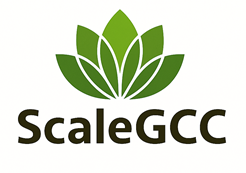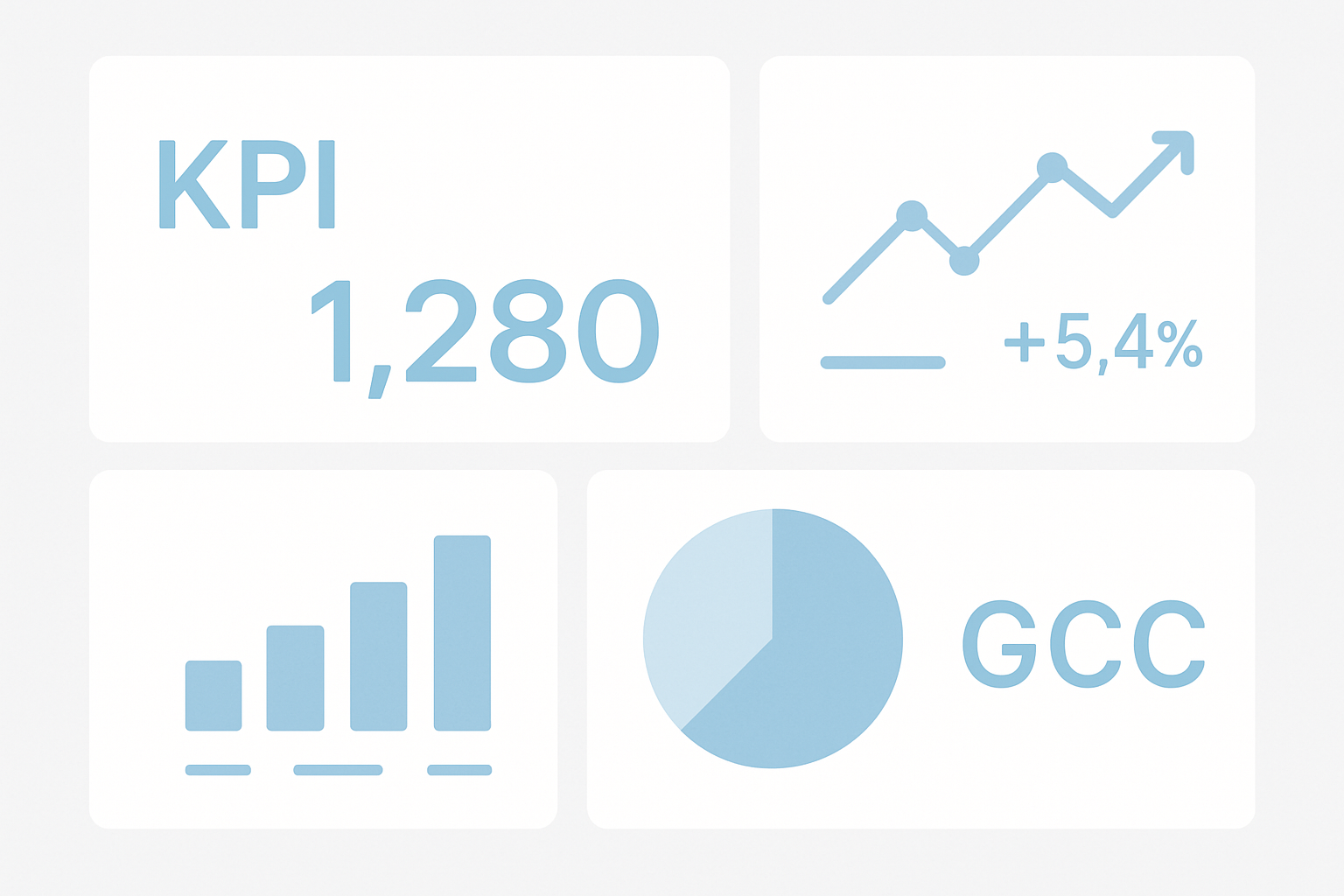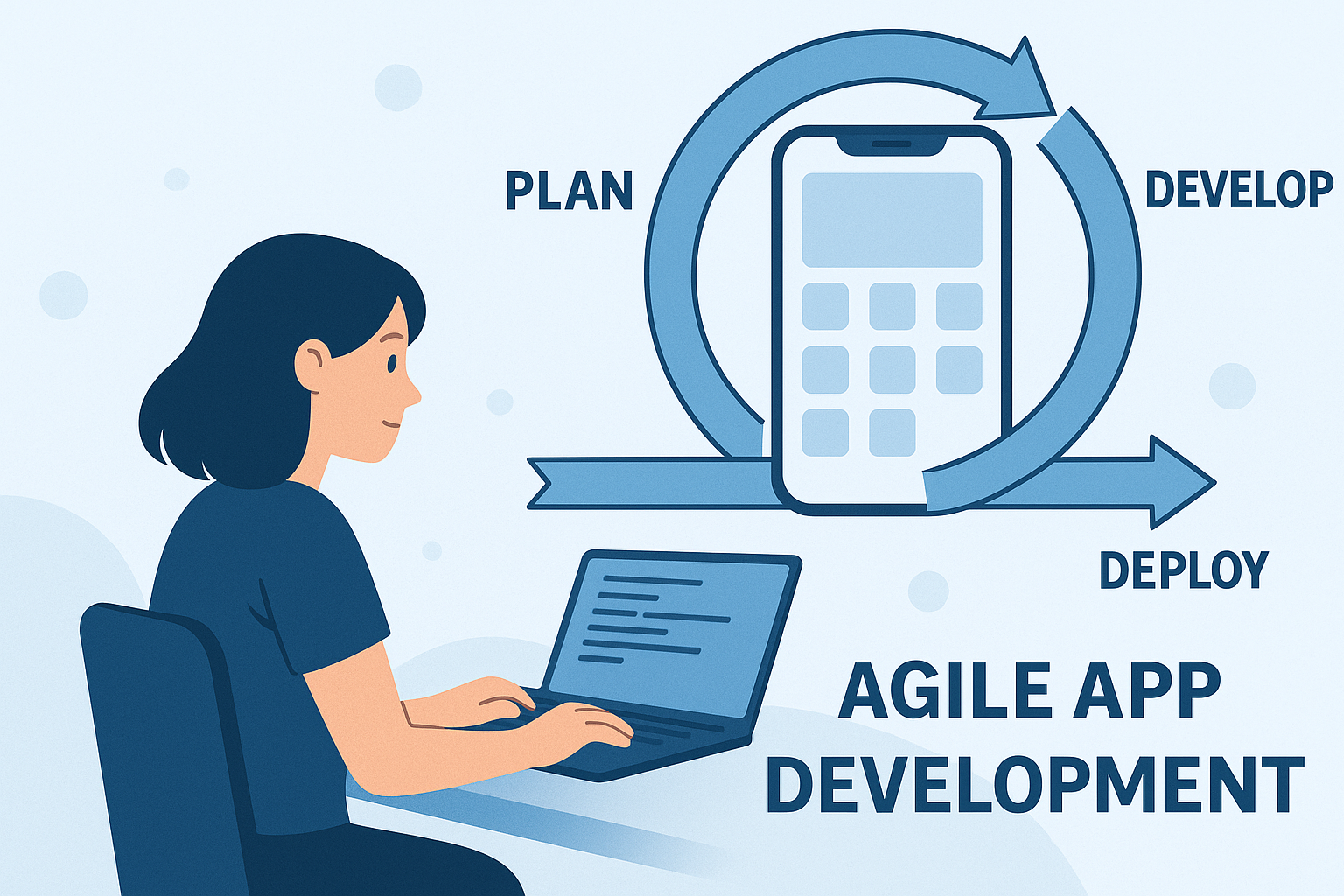Now Reading: Agile POD Calculator – Software Development
-
01
Agile POD Calculator – Software Development
Agile POD Calculator
Welcome to the Agile POD Calculator! This tool helps development teams operating on a POD-based model quickly assess their performance against 6 critical KPIs, providing a snapshot of project health and areas for improvement.Lorem ipsum dolor sit amet, consectetur adipiscing elit. Ut elit tellus, luctus nec ullamcorper mattis, pulvinar dapibus leo.
Agile POD Calculator
Input Data
Cycle Time (Task-level)
Lead Time (Idea to Release)
Calculated KPIs
Sprint Velocity
Story Points completed per sprint
Story Points/Sprint
Average Cycle Time
Average days from "In Progress" to "Done"
Days
Defect Density
Number of defects per story point delivered
Defects/Story Point
Team Productivity
Actual vs. Planned Story Points
Percentage
Average Lead Time
Average days from idea inception to release
Days
Deployment Frequency
Number of deployments per week
Deployments/Week
POD-based development (short for Product-Oriented Delivery or POD teams) is a modern software development approach that organizes cross-functional teams into small, autonomous units called “PODs.” Each POD is responsible for delivering a specific business outcome or product feature from end to end.

Key Characteristics of POD-Based Development
- Cross-Functional Teams: Each POD typically includes developers, testers, designers, product owners, DevOps, and sometimes data analysts—everything needed to deliver a complete product feature.
- Autonomous & Self-Organized: PODs operate independently, with the autonomy to decide how to work, which tools to use, and how to solve problems, as long as they meet business goals.
- Outcome-Driven: Rather than focusing on output (e.g., number of tickets closed), PODs are measured by the value or outcome they deliver to customers or the business.
- Aligned to Business Domains: PODs are often aligned with specific business functions or capabilities (e.g., payments, user onboarding, analytics), enabling better domain knowledge and faster decision-making.
- Agile Compatible: Most PODs use Agile frameworks (like Scrum or Kanban) but operate with added independence, often choosing the Agile practice that best suits their goals.
Benefits of POD-Based Development

Ideal Use Cases
- Large-scale product organizations (e.g., fintech, SaaS, e-commerce).
Enterprises are transitioning from project-based to product-based delivery.
Organizations adopting DevOps and Agile at scale.
Disclaimer
These tools are meant to provide quick, general insights, not exhaustive advice. They should not replace professional consultation or in-depth analysis. Users are encouraged to verify information and seek expert guidance before making decisions.
Contact ExpertRelated Posts
Tools3 months ago
Track Top 18 KPIs through KPI Calculator
Tools3 months ago
App Development - Waterfall KPIs Calculator
Tools3 months ago
GCC KPIs Calculator Across Support Function
Stay Informed With the Latest & Most Important News
Previous Post
Next Post
Interesting Read
Tools3 months ago
GCC Location Feasibility Assessment Tool
Tools1 month ago
Tech Skills Readiness Analyzer
Tools3 months ago
GCC Setup Costs - TCO & ROI Calculator
Tools4 days ago
GCC Vendor Evaluation Framework

















